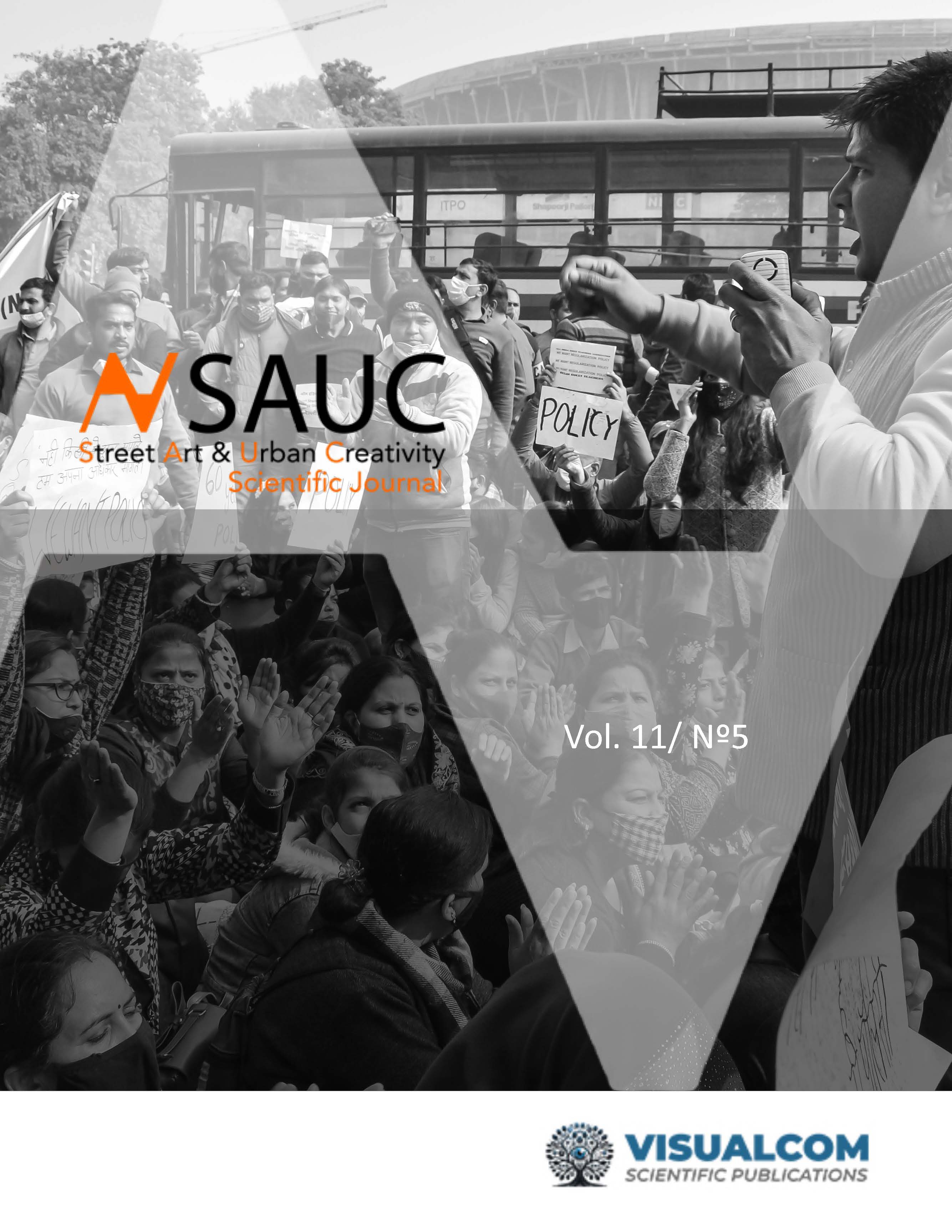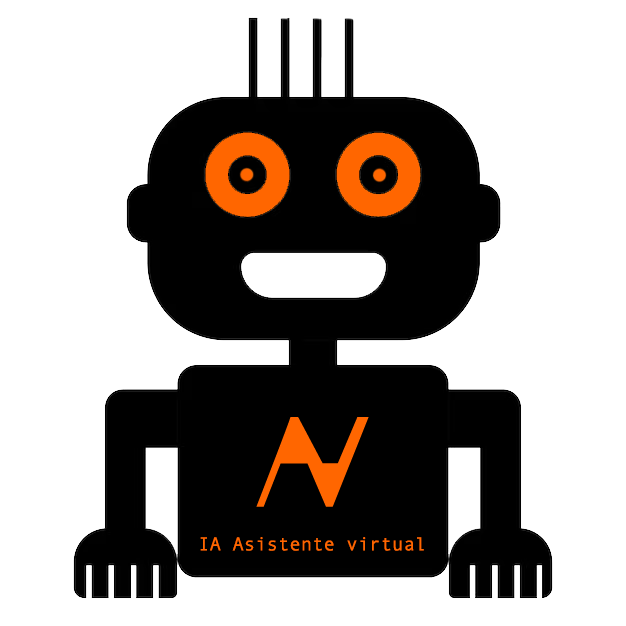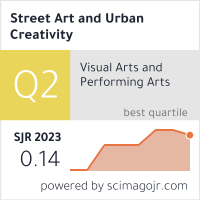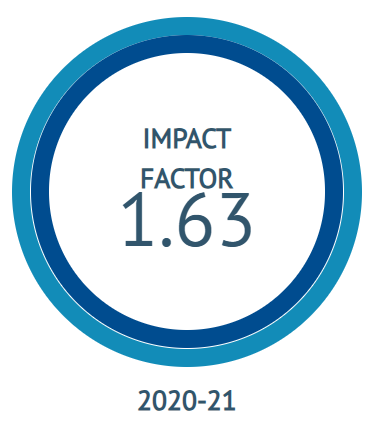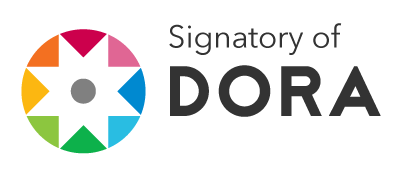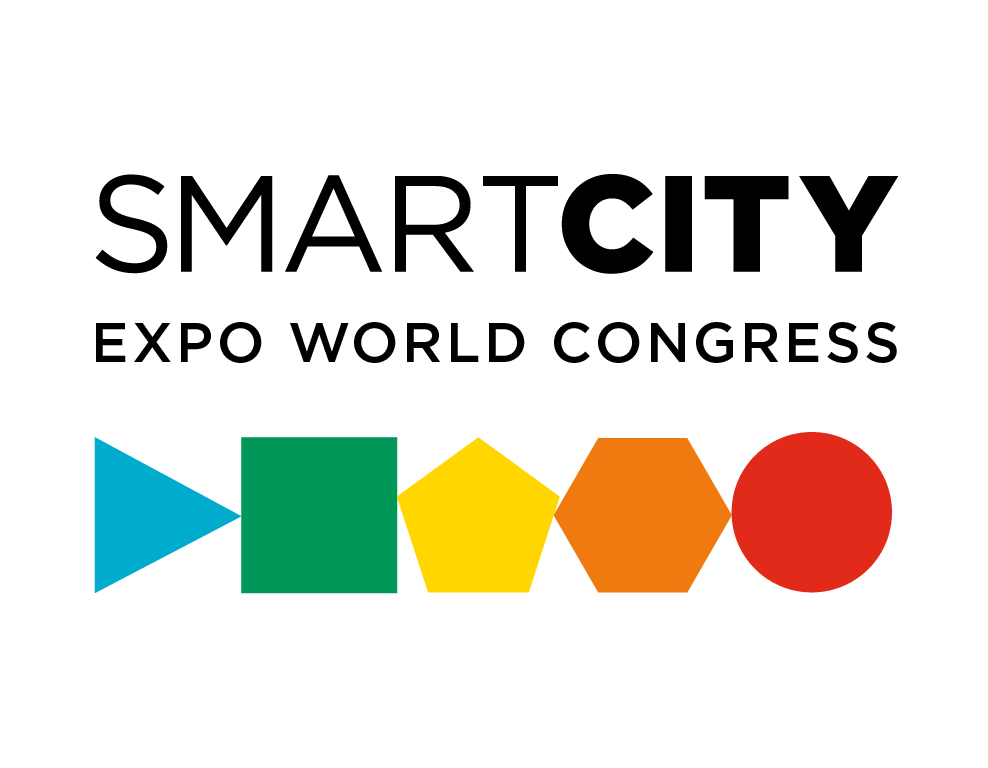COVID-19 and visual arts education
Bibliographic review for a post-pandemic citizenship
DOI:
https://doi.org/10.62161/sauc.v11.5835Keywords:
Visual arts, Higher education, COVID-19, Literature reviews, Citizenship, Post-pandemicAbstract
The purpose of this article is to analyze the research on university education in the visual arts in the context of COVID-19, in order to find out which were the most relevant concepts on the subject. The methodology was the systematic review of the existing literature in the databases Dialnet, ERIC, Scopus, Proquest and Google Scholar, between 2020 and 2024, based on these descriptors: visual arts; COVID/pandemic; university/higher education. A total of 36 texts were obtained. The emerging categories highlighted were: emotional affections of students and teachers, pros and cons of emergency remote teaching of visual arts, the idea that the technical instruction of artistic disciplines is not very transferable to online education, training strategies in particular cases of practical and theoretical subjects, experiences in research projects and service-learning, and the possibilities of virtuality for international teaching cooperation.
Downloads
Global Statistics ℹ️
|
238
Views
|
215
Downloads
|
|
453
Total
|
|
References
Albar Mansoa, P. J. & Antúnez del Cerro, N. (2022). Cajas-taller: una propuesta educación Artística a distancia de estudiantes de Bellas artes para menores hospitalizados. En Experiencias innovadoras y desarrollo de competencias docentes en educación ante el horizonte 2030 (pp. 57-82). Dykinson.
https://hdl.handle.net/20.500.14352/92895
Álvarez Niño, C., Varela Jaramillo, P. A., Cubides Guzmán, A. & Garzón, E. A. (2021). Adopta un sueño: creación colectiva y resistencia desde la virtualidad. (Pensamiento), (palabra)…y obra, (25), 76-91. https://doi.org/10.17227/ppo.num25-12292
Antúnez del Cerro, N. & García Molinero, S. (2023). Visión de estudiantes y docentes sobre la adaptación de la docencia en la Facultad de Bellas Artes de la UCM durante el confinamiento: un estudio desde los cuidados y el feminismo. ArtsEduca, (34), 23-42. https://doi.org10.6035/ARTSEDUCA.6509
Aruna, A., Aziza Fitriya, U., Putri Ishlah, N. F., Inayah, L. & Rai Arimbawa, A. G. (2021). Sculpture and carving art virtual module based on 3d augmented reality. ISoLEC 2021 Proceedings: Digital Transformation in Language, Education, and Culture: Challenges and Opportunities, 5 (1), 1-6.
Borim, S. & Kyungeun L. (2022). Isolation, Connection, and Embracement: Exploring Students’ Perspectives on Virtual Art Education During the Pandemic . Journal of Curriculum and Pedagogy, 21(1), 4–19. https://doi.org/10.1080/15505170.2022.2075496
Cáceres, P. (2003). Análisis cualitativo de contenido: una alternativa metodológica alcanzable. Psicoperspectivas: individuo y sociedad, 2, 53-82. https://doi.org/10.5027/psicoperspectivas-vol2-issue1-fulltext-3
Chaparro Huauya, B. L. (2021). Las nuevas prácticas digitales de docentes de cursos artísticos en la educación superior en Latinoamérica a raíz de la pandemia COVID-19: Aproximaciones y experiencias. Revista internacional de pedagogía e innovación educativa, 1(2), 29-40. https://doi.org/10.51660/ripie.v1i2.36
Cutcliffe, K., Batorowicz, B., Johnson, R., Cantrell, K. & McLean, T. (2024). Socially Distant Social Constructivism: Transitioning Visual Arts Pedagogies Online During COVID-19. Studies in Art Education, 65(1), 81-98. https://doi.org/10.1080/00393541.2023.2285208
Dilmaç, S. (2020). Students’ Opinions about the Distance Education to Art and Design Courses in the Pandemic Process. World Journal of Education, 10, (3), 113-126.
Ergin, D., Gürbüz, A. & Sakarya, G. (2021). Fine Arts Education with Distance Education in Pandemic Period. TOJET: The Turkish Online Journal of Educational Technology, 20(3), 72-84.
Feng, D., Xiang, C., Vongurai, R. & Pibulcharoensit, S. (2022). Investigation on Satisfaction and Performance of Online Education Among Fine Arts Major Undergraduates in Chengdu Public Universities. AU-GSB e-Journal,15(2), 169-177. https://doi.org/10.14456/augsbejr.2022.82
Fumero Vargas, P. (2021). Enseñanza virtual y pandemia. El caso de la Facultad de Artes de la Universidad de Costa Rica. Revista Estudios, (0), 1-18. https://doi.org/10.15517/re.v0i0.46027
García-Peñalvo, F. J. (2022). Developing robust state-of-the-art reports: Systematic Literature Reviews. Education in the Knowledge Society, 23, Article e28600. https://doi.org/10.14201/eks.28600
Haydeé Mattanó, S. (2022). Arte, biopolítica y clases virtuales en tiempos de pandemia. Producciones artísticas del Taller de Dibujo V Comisión C de la Carrera de Bellas Artes, Facultad de Humanidades y Artes, Universidad Nacional de Rosario. Revista de la Escuela de Ciencias de la Educación, 2(17), 66-82. https://doi.org/10.35305/rece.v2i17.721
Heaton, R. & Chan Lai Kuan, S. (2022). A Visual Inquiry: Artist–Teacher Perceptions of Art Education Provision in Singapore. Studies in Art Education, 63(2), 115-133. https://doi.org/10.1080/00393541.2022.2050988
Hernández-Chavarría, F. & Alpízar-Jiménez, V. (2020). Litografía fácil en tiempos de pandemia. El artista: revista de investigaciones en música y artes plásticas, (17), 1-13.
Herrera Záraten, A.R. & Silva Cañaveral, S J. (2022). Investigación + Creación. Gráfica experimental en tiempos de pandemia. Actas de Diseño, 41, 383-385.
Hodges, C., Moore, S., Lockee, B., Trust, T. y Bond, A. (2020). The Difference Between Emergency Remote Teaching and Online Learning. Educause Review, 27. https://www.ijede.ca/index.php/jde/article/view/553
Iribas Rudín, A. (2020). Contigo en la distancia: impacto del confinamiento por la crisis covid-19 en un caso del Grado en Bellas Artes, UCM. En J. J. Gázquez Linares, M. M. Molero Jurado, A. Martos Martínez, A. B., Barragán Martín, M. M. Simón Márquez, M. Sisto, R. M. P. Salvador, & B. M. Tortosa Martínez (Comps.), Innovación docente e investigación en Arte y Humanidades. Avanzando en el proceso de enseñanza-aprendizaje (pp. 549-560). Dykinson.
Johnson, R., Cantrell, K., Cutcliffe, K., Batorowicz, B., & McLean, T. (2023). Expanding Creative Communities in the Visual Arts. Using Padlet to Support Student Engagement and Belonging in Stressful Contexts. Art Education, 76(4), 33-39. https://doi.org/10.1080/00043125.2023.2207999
Kitchenham, B. y Charters, S. (2007). Guidelines for performing Systematic Literature Reviews in Software Engineering. Version 2.3 [Technical Report] (EBSE-2007-01). https://www.elsevier.com/__data/promis_misc/525444systematicreviewsguide.pdf
León Celis, M. (2021). Crónicas de la emergencia: reflexión docente sobre la creación artística en tiempos de pandemia. Revista Estado da Arte, Uberlândia, 2(2), 525-541. https://doi.org/10.14393/EdA-v2-n2-2021-59843
Llobet Sarria, J. & Fernández Pons, L. (2021). Reproducción de una manzana por videoconferencia: incorporación de metodologías online a la creación de moldes en escultura. Revista CIDUI, (5), 1-14. https://hdl.handle.net/2445/182949
Llobet Sarria, J., Grau Costa, E., Ros Vallverdú, J. & Porquer Rigo, J. M. (2021). Objetos cotidianos y escultura sin taller: una experiencia educativa artística adaptada a las restricciones de la pandemia de Covid-19. Revista CIDUI, (5), 1-13. https://raco.cat/index.php/RevistaCIDUI/article/view/388004
MacMillan, F., McBride, K.A., George, E.S., & Steiner, G.Z. (2019). Conducting a Systematic Review: A Practical Guide. En P. Liamputtong (Ed.), Handbook of Research Methods in Health Social Sciences (pp. 805-826). Springer. https://doi.org/10.1007/978-981-10-5251-4_113
Martín Hernández, R. & Rey Somoza, N. (2021). Pintando en confinamiento. Adaptación de las prácticas docentes universitarias en producción pictórica desde las consecuencias de la pandemia del covid-19. En B. Puebla-Martínez & R. Vinader-Segura (Eds.), Ecosistema de una pandemia. Covid 19, la transformación mundial (pp. 1364-1384). Dykinson.
Martínez Vérez, M. V., López Méndez, L. & Albar Mansoa, J. (2022). En el foco de la memoria: Relatos de identidad a través del arte y la fotografía en tiempos de pandemia. Observar, 16, 23-46. https://www.observar.eu/ojs/index.php/Observar/article/view/144
Miranda, F. (2021). Mediación y pandemia: reflexiones para la educación artística. Desbordes, 12(1), 22-37. https://doi.org/10.22490/25394150.5846
Múnera, B. (2021). Fotografía y comunicación: un espejo, una imagen, un ojo. Análisis, 53(98), 149-167. https://doi.org/10.15332/21459169.6314
Nguyen, T. D. (2023). Authority of Students' Art Works Copyright in Online Classes during Covid Pandemic at Vietnamese Universities of Applied Arts. Journal for Educators, Teachers and Trainers, 14(3), 253-261. https://doi.org/10.47750/jett.2023.14.03.031
Patiño Núñez, A. (2021). La práctica pedagógica del dibujo del natural en tiempos de pandemia. A&D. Revista de Investigación en Arte y Diseño, (8), 8-18. https://doi.org/10.18800/ayd.202101.001
Picado, V. (2022). Experiencia del paso de la enseñanza superior presencial a la virtual, durante la pandemia del Covid-19, en la Escuela de Artes Plásticas de la Universidad de Costa Rica. Aula. Revista de Humanidades y Ciencias Sociales, 68(2), 37-53. https://doi.org/10.33413/aulahcs.2022.68i2.205
Pillacela Chin, L. A. (2023). Artes visuales, docencia universitaria y redes sociales durante la pandemia COVID-19. En Investigación, innovación y transferencia del conocimiento: experiencias y nuevas metodologías en Ciencias y Humanidades (pp. 61-77). Dykinson.
Pillacela-Chin, L. A. & López-San Segundo, C. (2024). Redes sociales, pandemia y educación superior de las artes Visuales: Percepción Estudiantil. Visual review, 16(2), 229-240. https://doi.org/10.62161/revvisual.v16.5245
Pozzi Escot, R. L. & Centurión Bolaños, O. (2021). Modelado de autorretrato en arcilla: adaptaciones de la enseñanza en tiempos de pandemia. Conference proceedings 6th Virtual International Conference on Education, Innovation and ICT (pp. 275-280). REDINE.
Rojas Cuevas, R. M., Morales González, C. G. & Cázares Cerda, G. I. (2024). La modalidad B-Learning implementada para el aprendizaje de un taller de grabado durante el confinamiento por la pandemia de la COVID-19: ventajas y desventajas. Magotzi. Boletín Científico de Artes del IA, 12(23), 9-21. https://doi.org/10.29057/ia.v12i23.11610
Sánchez, D. J., Bang, N. A., Molina, L. H. & Zubiaurre, M. (2023). Aprendizaje significativo a través del aula virtual. El caso de Historia de las Artes Visuales I (FDA-UNLP). En WITE. Workshop de Innovación y transformación educativa. Eje Temático C: Uso de herramientas tecnológicas aplicadas a la educación, (1-11). UNNOVA.
Sutters, J. P., Kardambikis, C. & Silva, S. (2022). Sheltering in Place: (Print)making in Isolation. Art Education, 75(4), 39-42. https://doi.org/10.1080/00043125.2022.2053464
Tarela, M., (2023). El Aula Web de la Cátedra Taller Complementario de Cerámica. En V. Dillon y S. A. Cristian Ladaga (Eds.), Travesías educativas en arte. Bitácoras, territorios y contingencias (pp.134-149). Universidad Nacional de La Plata.
Winters, T. (2021). Emergency Remote Studio Teaching: Notes from the Field. Journal of Teaching and Learning with Technology, 10 (Special Issue), 117-126. https://doi.org/10.14434/jotlt.v10i1.31580
Yépez-Reyes, V. y Crespo, C. (2022). Aprendizaje-Servicio: el taller de cerámica como vehículo de intercambio. Esferas. USFQ, 3, 1-20. https://doi.org/10.18272/esferas.v3i1.2431
Downloads
Published
How to Cite
Issue
Section
License
Copyright (c) 2025 Authors retain copyright and transfer to the journal the right of first publication and publishing rights

This work is licensed under a Creative Commons Attribution-NoDerivatives 4.0 International License.
Those authors who publish in this journal accept the following terms:
-
Authors retain copyright.
-
Authors transfer to the journal the right of first publication. The journal also owns the publishing rights.
-
All published contents are governed by an Attribution-NoDerivatives 4.0 International License.
Access the informative version and legal text of the license. By virtue of this, third parties are allowed to use what is published as long as they mention the authorship of the work and the first publication in this journal. If you transform the material, you may not distribute the modified work. -
Authors may make other independent and additional contractual arrangements for non-exclusive distribution of the version of the article published in this journal (e.g., inclusion in an institutional repository or publication in a book) as long as they clearly indicate that the work was first published in this journal.
- Authors are allowed and recommended to publish their work on the Internet (for example on institutional and personal websites), following the publication of, and referencing the journal, as this could lead to constructive exchanges and a more extensive and quick circulation of published works (see The Effect of Open Access).

